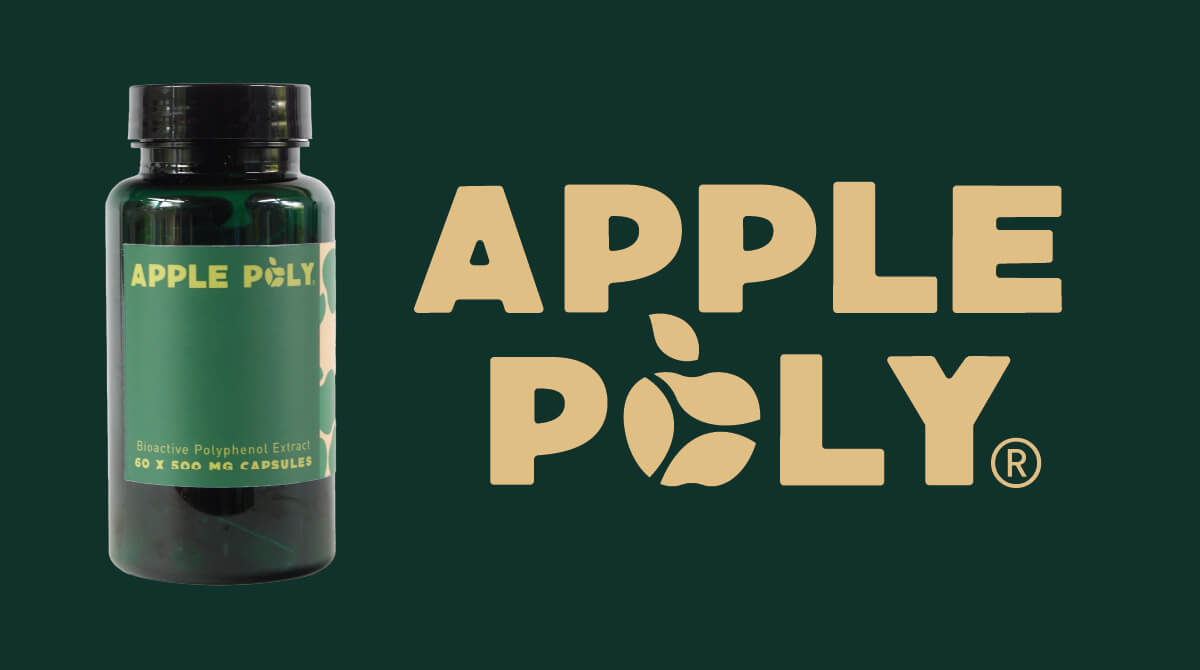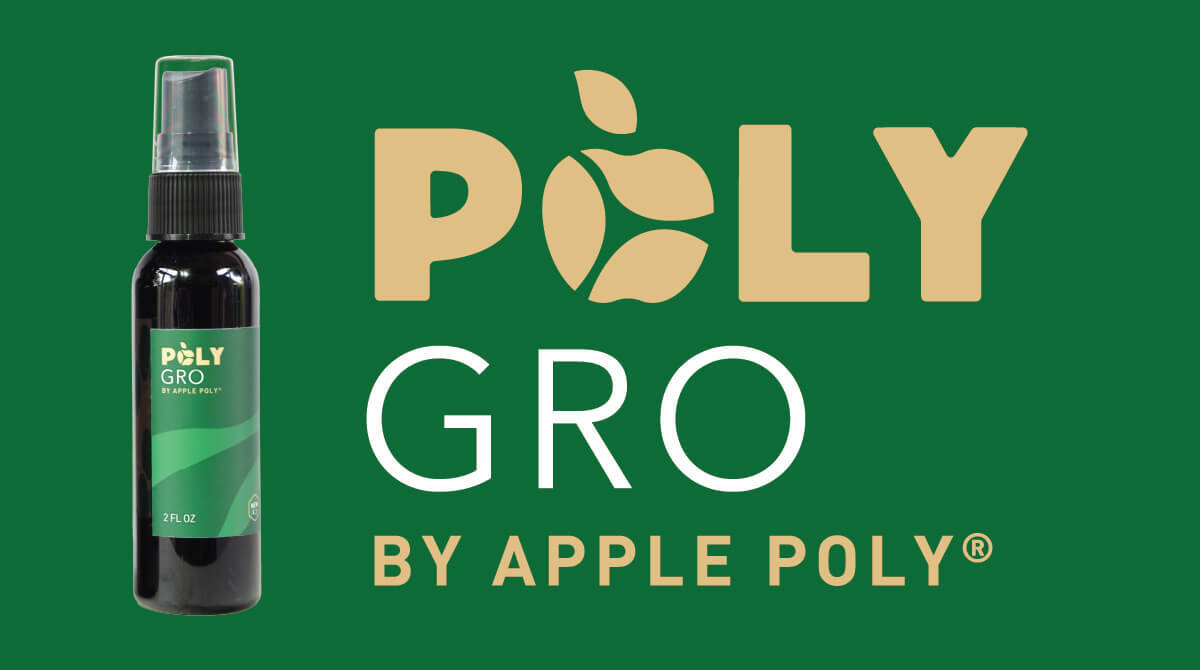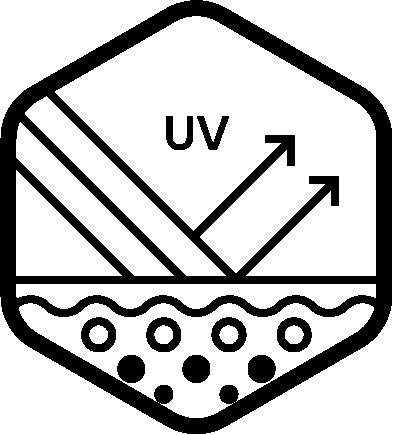Publication Date:
2020-01-01
Institutions involved:
- University of Western Australia
- Edith Cowan University
- University of Sydney
- Flinders University
- University of Wollongong
- Westmead Institute for Medical Research
Participants:
2349 older Australians - Mean age: 64.7 ± 9.2 years - Excluded: individuals with diabetes or major CVD at baseline
Duration:
14 years of follow-up
Dosage:
Flavonoid intake assessed via food frequency questionnaire - low, moderate, high intake groups
Learn more
Try Apple Poly Now
Key Takeaways:
High proanthocyanidin (OPC) intake brought all-cause mortality risk down nearly 31%, suggesting deep metabolic protection with regular consumption.
In those with early mortality risk factors, simple choices like apples and tea significantly extended longevity.
From the authors: “Amongst participants with at least one early mortality risk factor... risk of all-cause mortality was lower in those in the highest intake tertile.”
Apple Poly Summary:
Why Is This Study Important? This study shows that moderate to high intake of flavonoids — especially anthocyanidins, flavan-3-ols, and proanthocyanidins — is associated with reduced all-cause mortality, particularly in individuals with early mortality risk factors. It reinforces the protective role of flavonoid-rich foods like apples and tea, and suggests that dietary polyphenols may be especially beneficial for vulnerable populations.
You Should Know: Procyanidins, found in apples, are a type of pro-antho-cyanidins. They are also called OPCs, and more generally, flavonoids or polyphenols. They are some of the most powerful antioxidants in the plant kingdom.
In Plain English: People who ate more flavonoid-rich foods like apples and tea lived longer — especially if they smoked, drank heavily, or didn’t exercise. Even moderate intake helped reduce the risk of dying early.
For Medical Professionals: In this 14-year prospective cohort of 2349 older Australians, higher intake of total flavonoids and specific subclasses (flavan-3-ols, anthocyanidins, proanthocyanidins) was associated with significantly reduced all-cause mortality among individuals with ≥1 early mortality risk factor. No significant associations were observed in low-risk individuals. Cox proportional hazards models adjusted for lifestyle and dietary confounders.
Abstract:
Background: Higher intakes of flavonoids provide health benefits, however, the importance of each flavonoid class and which population groups may receive the greatest protection from higher flavonoid intake warrants further investigation.
Objective: To explore the associations of flavonoid and flavonoid-rich wholefood intakes with all-cause mortality and the moderating effects of early mortality risk factors.
Design: The study included 2349 participants of The Blue Mountains Eye Study, with a mean ± SD age at baseline of 64.7 ± 9.2 years. Flavonoid intake was calculated from baseline food frequency questionnaires using USDA food composition databases. Associations were examined using adjusted Cox proportional hazards models.
Results: After 14 years of follow-up, 677 participants died. There was a flavonoid threshold effect with the greatest risk reduction seen between low and moderate intakes. Among participants with at least one early mortality risk factor, higher intakes of total flavonoids and subclasses (flavan-3-ols, anthocyanidins, proanthocyanidins) were associated with significantly lower risk of all-cause mortality.
Conclusion: Moderate to high intakes of flavonoids and certain subclasses may provide health benefits, particularly for individuals with early mortality risk factors.
Bondonno, Nicola P., et al. “Association of Flavonoids and Flavonoid-Rich Foods with All-Cause Mortality: The Blue Mountains Eye Study.” Clinical Nutrition, vol. 39, no. 1, 2020, pp. 141–150. https://doi.org/10.1016/j.clnu.2019.01.004.

















